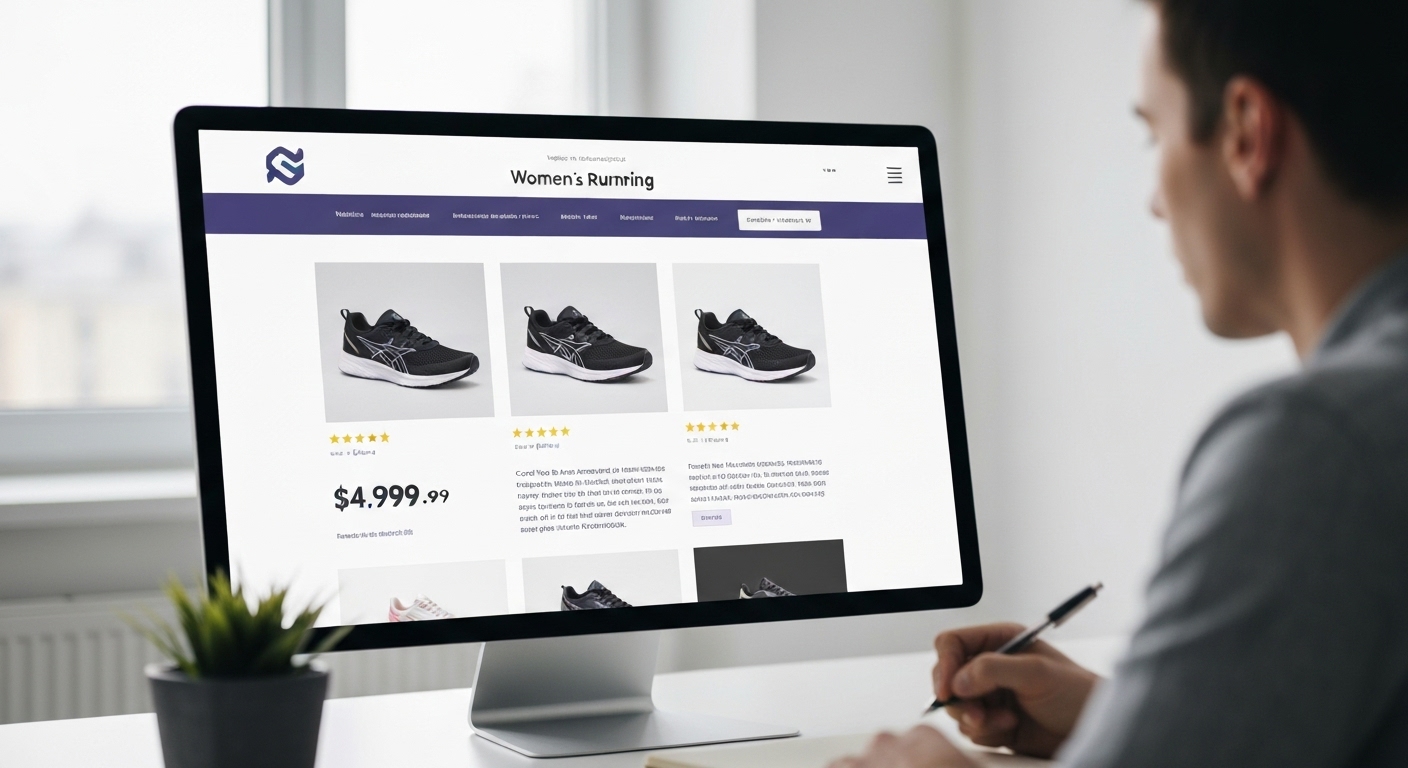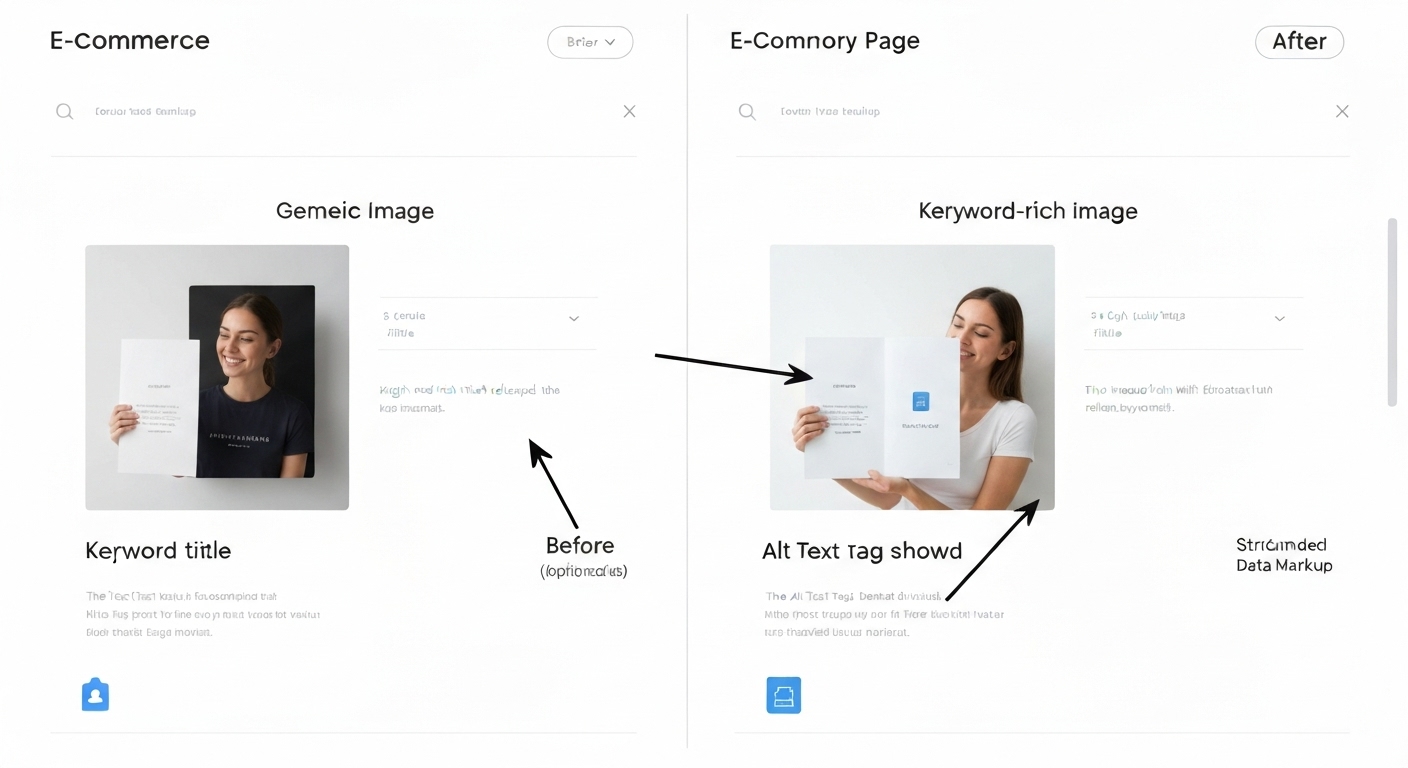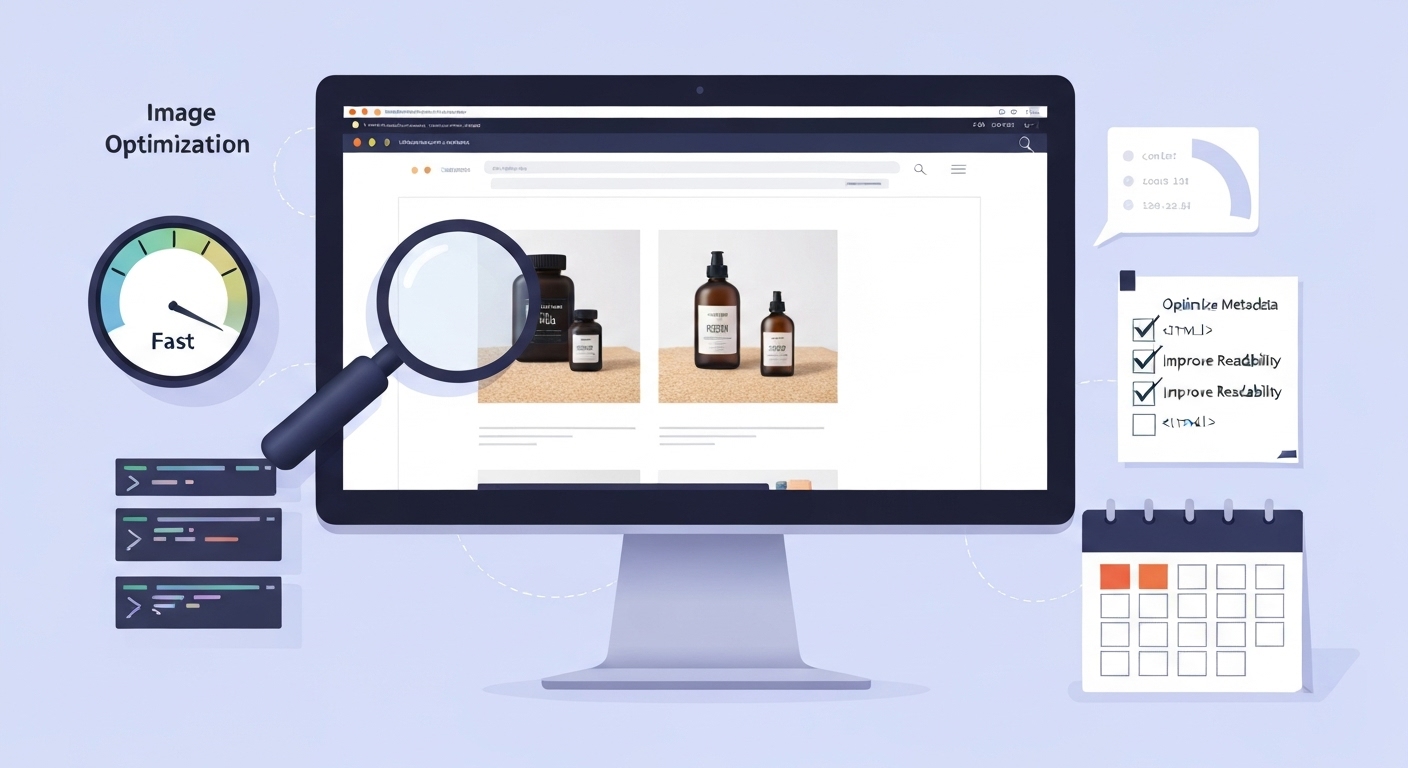Mastering On – Page Optimization for Ecommerce Category Pages
On-page optimization for ecommerce category pages is crucial for driving organic traffic, improving user experience, and ultimately, increasing sales. Optimizing your category pages involves a combination of keyword research, strategic content placement, technical SEO, and a focus on user intent. This comprehensive guide will walk you through the essential elements of optimizing your ecommerce category pages to achieve higher rankings and better conversion rates.
Keyword Research for Ecommerce Category Pages
Effective keyword research is the foundation of any successful SEO strategy. For ecommerce category pages, focus on identifying the keywords your target audience uses when searching for products within that category. Use a variety of tools like Google Keyword Planner, Ahrefs, or SEMrush to uncover high-volume, relevant keywords.

Long-Tail Keywords and Category Specific Terms
Don’t just focus on broad, generic keywords. Incorporate long-tail keywords that are more specific and target users further down the purchase funnel. These keywords often have lower search volume but higher conversion rates because they indicate a clear purchase intent. For example, instead of just “running shoes,” target “men’s lightweight trail running shoes for beginners.”
Optimizing Category Page Content
Content is king, even on ecommerce category pages. While these pages are primarily product listings, adding valuable, SEO-friendly content can significantly boost your rankings and user engagement. This doesn’t mean writing lengthy paragraphs; it means crafting concise, compelling descriptions that inform users and incorporate relevant keywords.

Crafting Effective Category Descriptions
Write unique descriptions for each category page, highlighting the benefits of the products within that category. Use your target keywords naturally throughout the description, but avoid keyword stuffing. Focus on providing valuable information that helps users make informed decisions. Think about the problems your products solve and address those in your descriptions.
Image Optimization for Enhanced SEO
Images play a vital role in the user experience and SEO. Optimize your product images by using descriptive filenames and alt text. The alt text should accurately describe the image and include relevant keywords. Compressing images to reduce file size will also improve page loading speed, a critical ranking factor.

Technical SEO for Ecommerce Category Pages
Technical SEO ensures that search engines can easily crawl and index your category pages. This includes optimizing your website structure, creating a sitemap, and ensuring your site is mobile-friendly.
Website Structure and Navigation
A clear and logical website structure is essential for both SEO and user experience. Organize your categories and subcategories in a way that makes sense to users and search engines. Use internal linking to connect related pages and improve crawlability. Aim for a flat site architecture where users can reach any page within a few clicks.
Mobile Optimization is Essential
With the majority of online shoppers using mobile devices, mobile optimization is non-negotiable. Ensure your category pages are responsive and display correctly on all devices. Mobile-friendliness is a significant ranking factor, and a poor mobile experience can lead to high bounce rates and lost sales.
Site Speed and Page Load Times
Page load speed is a crucial ranking factor and directly impacts user experience. Optimize your images, leverage browser caching, and use a content delivery network (CDN) to improve site speed. Aim for page load times of under three seconds. You can use tools like Google PageSpeed Insights to identify areas for improvement.

User Experience (UX) and Conversion Optimization
Ultimately, the goal of on-page optimization is to improve user experience and drive conversions. Ensure your category pages are easy to navigate, visually appealing, and provide all the information users need to make a purchase.
Clear Call-to-Actions (CTAs)
Use clear and compelling CTAs to guide users towards the purchase process. Examples include “Shop Now,” “Add to Cart,” and “Learn More.” Place CTAs strategically throughout the page to encourage engagement.
Product Filtering and Sorting
Implement robust filtering and sorting options to help users find the products they are looking for quickly and easily. This is particularly important for categories with a large number of products. Allow users to filter by price, size, color, brand, and other relevant attributes.
E-commerce Product Page Optimization
Don’t forget to optimize the product pages that are linked from your category pages! Make sure these have detailed descriptions, high-quality images, customer reviews, and clear calls to action.
The Importance of an Ecommerce SEO Audit
Regularly auditing your ecommerce website is crucial for maintaining optimal performance. An ecommerce SEO audit can identify areas for improvement, uncover technical issues, and ensure your website is aligned with the latest search engine algorithms.

Analyzing Competitor Category Pages
Take a look at how your top competitors are structuring and optimizing their category pages. Identify their strengths and weaknesses, and use this information to improve your own strategy. Don’t simply copy their approach, but rather learn from it and find ways to differentiate yourself.
For detailed guidance on website best practices, resources like usa.gov offer valuable insights. You can also explore services offered at flashs.cloud to further enhance your ecommerce strategy.
Regular Monitoring and Optimization
SEO is an ongoing process. Regularly monitor your category page rankings, traffic, and conversion rates. Use data to identify areas for improvement and make adjustments to your strategy as needed. Stay up-to-date with the latest SEO best practices and algorithm updates to ensure your website remains competitive.
In conclusion, on-page optimization for ecommerce category pages is a multifaceted process that requires a holistic approach. By focusing on keyword research, content optimization, technical SEO, and user experience, you can significantly improve your website’s visibility, attract more qualified traffic, and ultimately, increase sales.
HOTLINE
+84372 005 899


